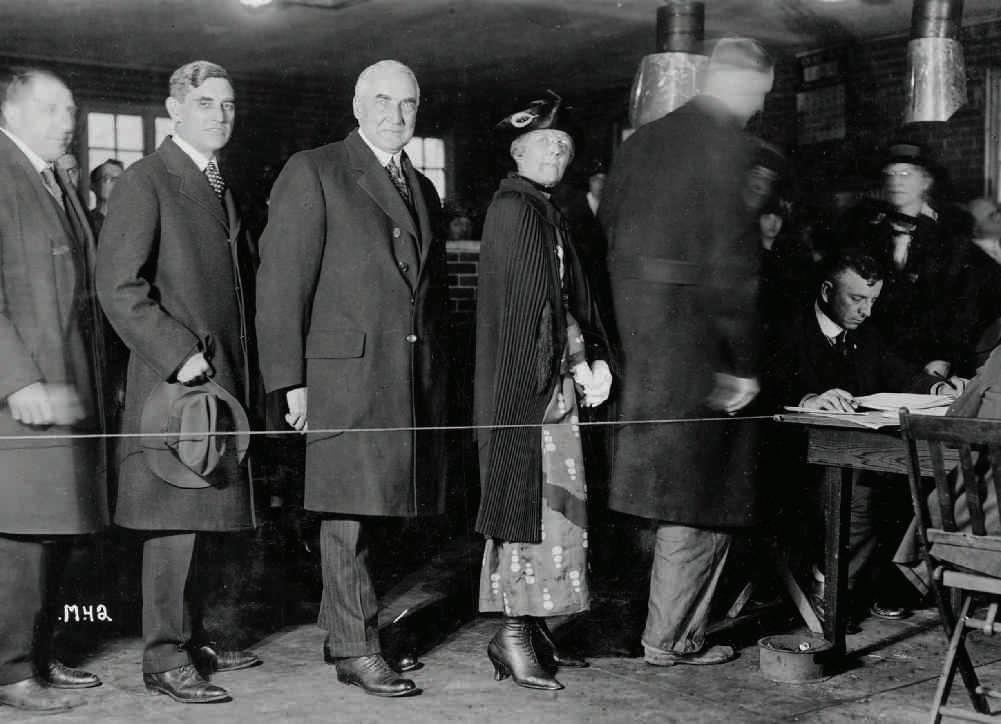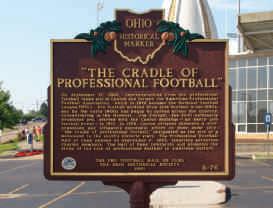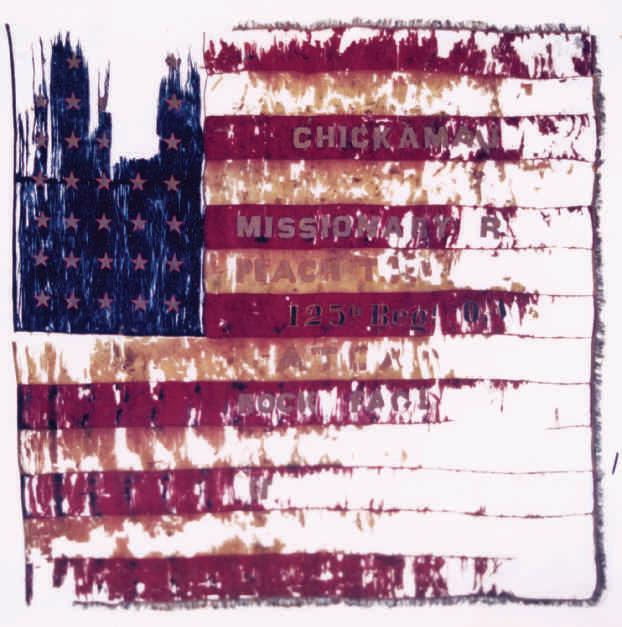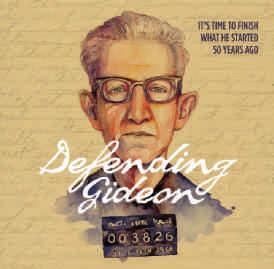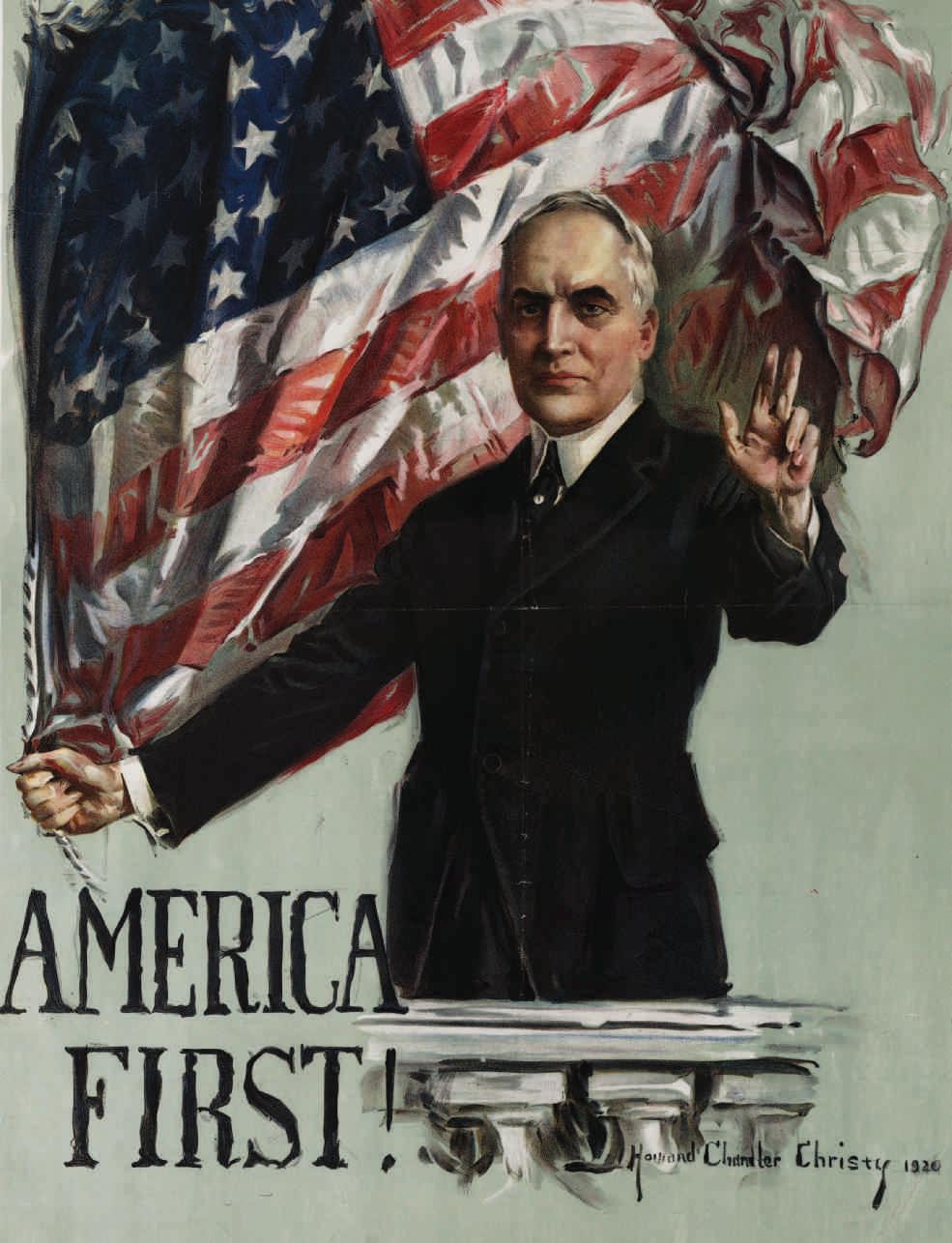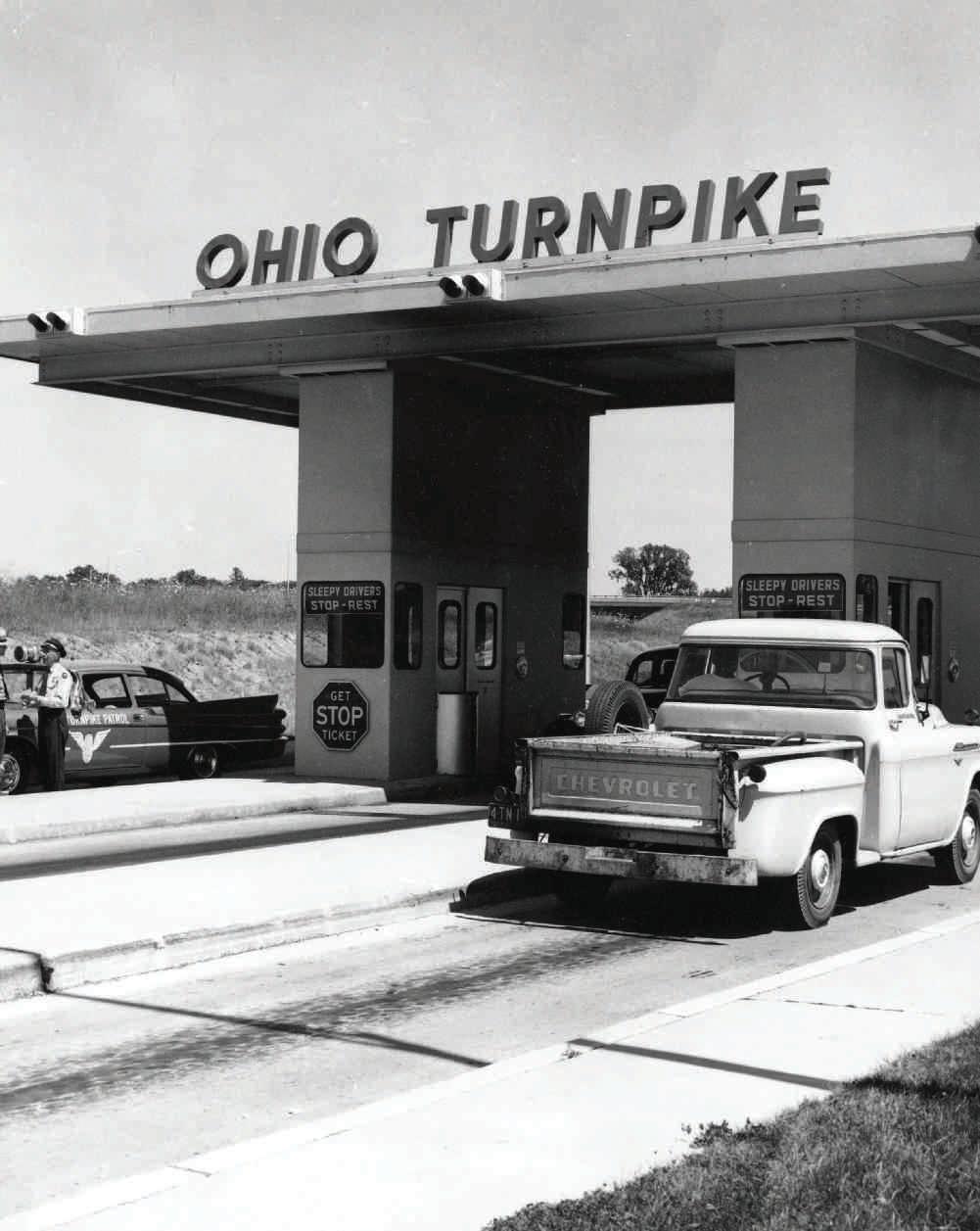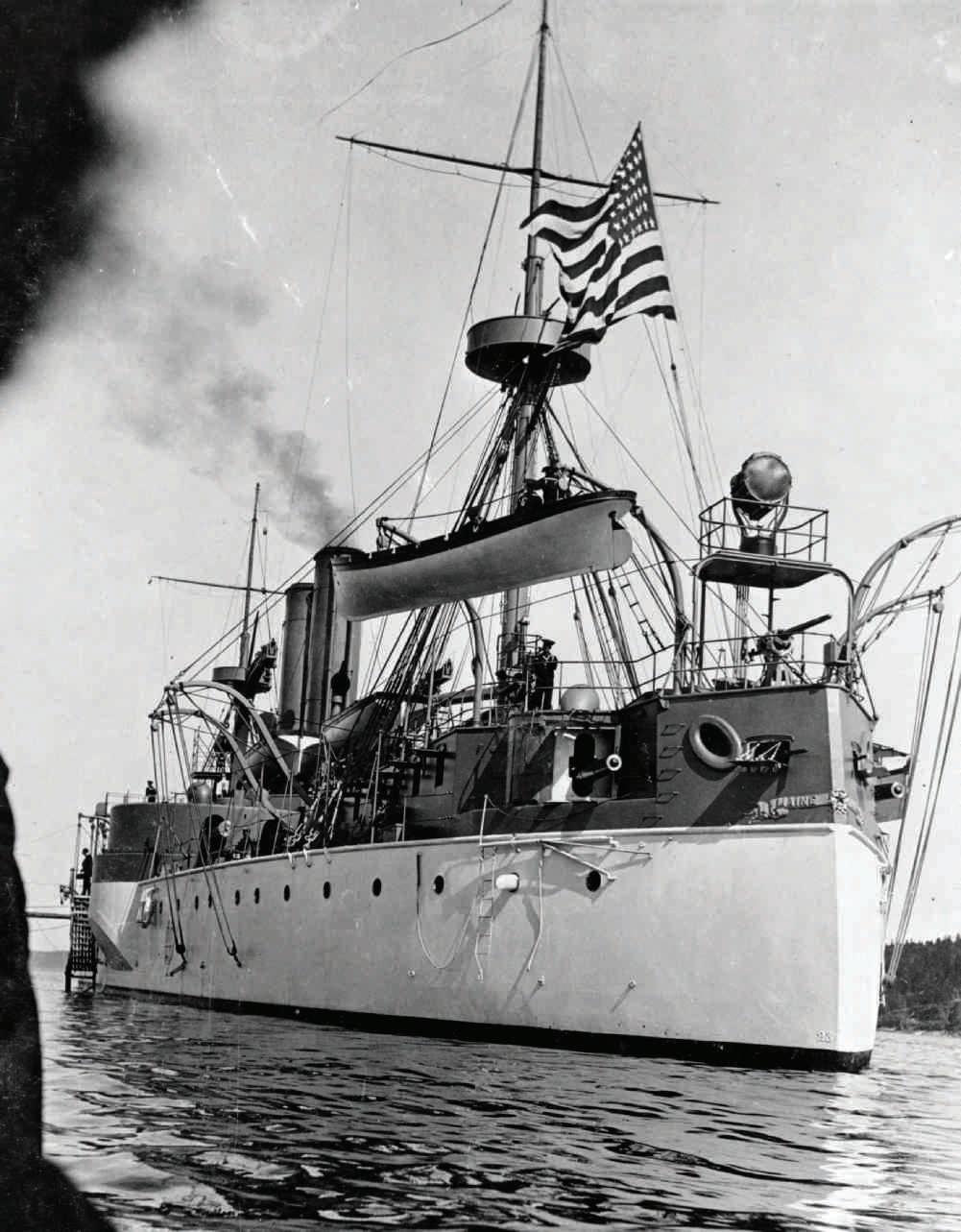
9 minute read
1100 Rock & Roll Boulevard— Cleveland’s Rock & Roll Hall of Fame Turns 25
1100 Rock & Roll Boulevard THE ROCK & ROLL HALL OF FAME TURNS 25 BY CURTIS SCHIEBER
Freed gave rock ‘n’ roll its name, the music inspired an organization to preserve its history. The Rock & Roll Hall of Fame Foundation was established in New York City in 1983 by Ahmet Ertegun of
Atlantic Records; Jann Wenner, co-founder of
Rolling Stone Magazine; record executive Seymour
Stein; and a handful of other music business heavies. The group borrowed TV producer Bruce
Brandwen’s idea—and eventually acquired the copyright for a series of broadcasts that became much, much more.
It would be another 11 years before the foundation found a permanent home, though, with the opening ceremony for the Rock & Roll Hall of Fame and Museum in Cleveland Sept. 1, 1995. The foundation and museum have separate boards of directors in New York and Cleveland, yet both anniversaries are significant, according to museum CEO Greg Harris. “The establishment of the foundation 37 years ago was a massive statement about the importance of rock ‘n’ roll and the maturity of the industry,” Harris says. “The museum is remarkable in that the people of the state of Ohio rallied and built it and have successfully operated it, and that 13 million people have visited over the last 25 years.” EARLY CONTROVERSY
Both the foundation and the museum have been plagued by controversies from the start. The very idea of a music based on the quixotic, restless energy of youth being enshrined in a museum run by rich industry types seemed a contradiction; Cleveland won out over other candidates for the museum’s locale, including Chicago, Memphis, Philadelphia and New York; the governing boards at first seemed at odds, highlighted by induction ceremonies that were held in the Big Apple for all but two of the first 23 classes; and it was years before Clevelanders served on the New York board.
The most damning criticism, though, was the choices for inductees. Ask a friend about the Hall and you’re likely to receive a litany of bands that haven’t made the cut and artists who have but shouldn’t have.
This photograph was taken on July 28, 1994, at the Rock & Roll Hall of Fame’s “topping off” ceremony, a builder’s rite traditionally held when the last beam (or its equivalent) is placed atop a structure.
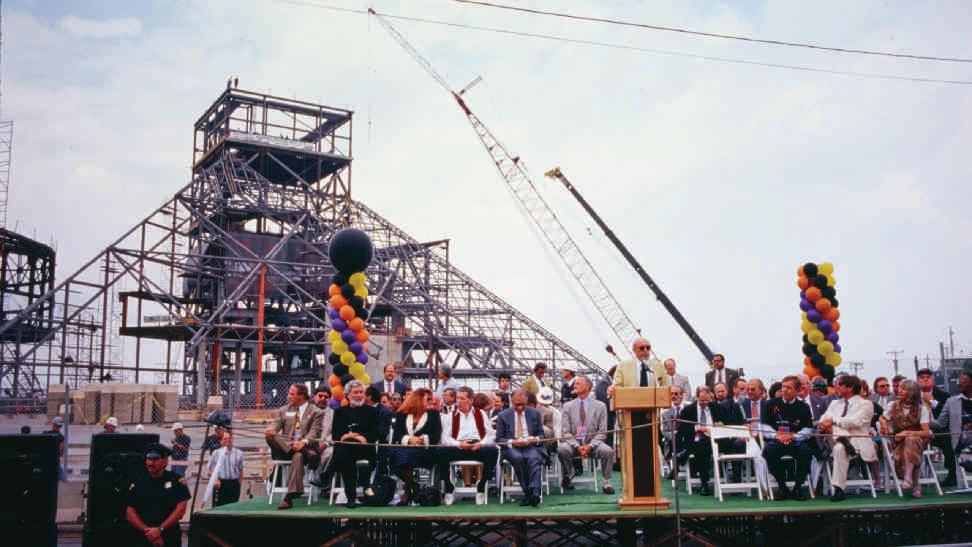
“As for growing pains or controversy over the years,” board member Alec Wightman says, “whether it be about the location of the hall or the identity of inductees—or not—or where the ceremonies are held, much of that is simply old news at this point.” The Columbus attorney and concert promoter is a former chair of the Cleveland “crew” and former member of the New York steering organization. “LESS OF A SHRINE, MORE OF AN EXPERIENCE”
Harris, who has been CEO since 2012, believes the museum can be “less of a shrine and more of an experience.” He has the “street cred” and academic experience to back that up. He was road manager for Philly roots rocker Ben Vaughn in the 1980s, owned the Philadelphia Record Exchange and has a master’s degree in history with an emphasis on museums and folk culture. He advanced at the National Baseball Hall of Fame and Museum in Cooperstown (“in many ways it set the standard for all others,” he says) over 14 years to become vice president of development. The question of big money and industry domination is a bit thornier, though. Joe Hagan’s bio of Jann Wenner and Rolling Stone suggests Brandwen’s idea to film induction ceremony concerts was hijacked. The first several years the ceremonies were filmed but not broadcast, because the foundation’s founders were waiting for Brandwen’s rights to the name “Rock & Roll Hall of Fame” to expire. When Wenner retired as head of the New York board this January, he was replaced by John Sykes, iHeartMedia’s president of entertainment enterprises. Harris insists the media mega-conglomerate bigwig’s appointment didn’t mean money and power still rule the roost.
WHY CLEVELAND?
Cleveland became a candidate for the museum because local DJ Alan Freed is credited with naming the new music in the 1950s and because the city’s Moondog Coronation Ball is purported to be the first major rock ‘n’ roll concert. There was more, though. “Like most things in life,” says Wightman, “if you have trouble answering the question, follow the money.” Cleveland, under mayor and later governor George Voinovich, put together a public-private partnership to pony up $65 million. After famed architect I.M. Pei (who designed the Louvre expansion) had signed on, the city raised it to $92 million.
The exterior of the Rock & Roll Hall of Fame on the shore of Lake Erie in Cleveland.
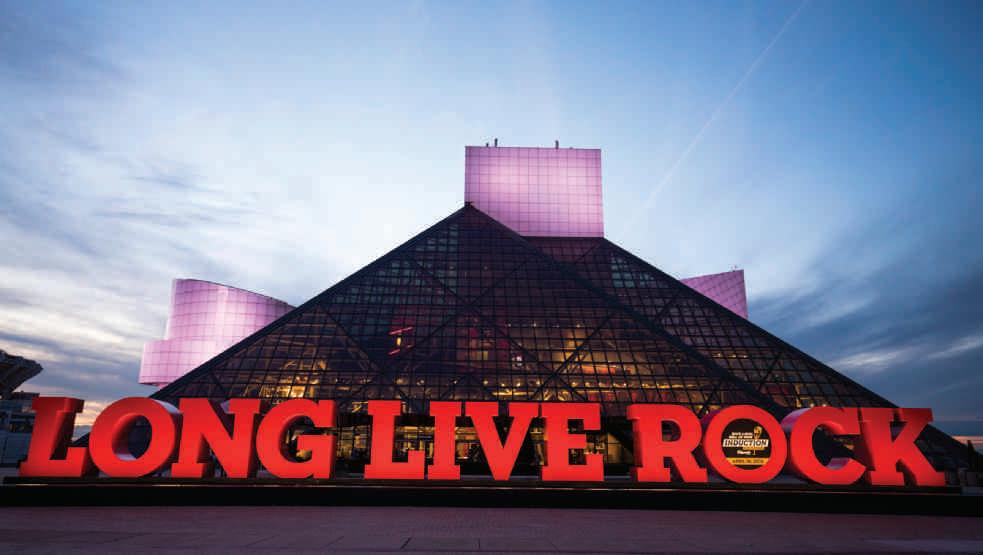
Thirty-two years later, under Harris, the museum kicked off a $55 million expansion in December 2016 called “Museum 2.0: Rock Hall Remixed and Remastered.”
“We’ve spent the last three years completely transforming our indoor and outdoor space,” says Harris. “We now have a vibrant outdoor plaza with food trucks and a beer garden, an entire Hall of Fame floor, an immersive theater, new galleries, new website, new ticketing, new entry experience, new restaurant, renovated retail, etc. “We now want to connect our museum with our neighboring Great Lakes Science Center to form a lakefront museum campus,” Harris says. And they are interviewing architects to expand the late Pei’s masterpiece. It is estimated the museum brings $200 million a year to the state of Ohio. As for the induction ceremonies, Wightman credits Harris and 2009 foundation chair Joel Peresman for earning Cleveland hosting rights. “The inductions were first opened to the public in 2009 at Cleveland’s Public Auditorium,” Harris remembers, “where they
George Clinton (left) and bassist Larry Graham (right) and Parliament Funkadelic perform Thank You (Falettinme Be Mice Elf Agin) at the Concert for the Rock & Roll Hall of Fame in Cleveland Stadium on Sept. 2, 1995.

Visitors view Rock & Roll Hall of Fame inductee signatures in the gallery on the museum’s third floor.

were also held in 2012, 2015 and 2018. They have been so successful in Cleveland that they will now be held there every other year.” HARD CHOICES
So the toughest nut for the Hall to crack remains the selection of inductees. During its 36 years, the Hall of Fame has inducted 330 members, including musicians, producers, business types and more. Just 233 of those are performers. It doesn’t take a parent of twins to see that there will be jealousy and millions of disappointed fans at the announcement each year. This year’s inductees were Depeche Mode, Nine Inch Nails, Notorious B.I.G., Whitney Houston, T. Rex and the Doobie Brothers. Nominated but not chosen were Dave Matthews Band, Motorhead, Kraftwerk, MC5, Todd Rundgren and 10 others. The internet and social media are littered with disgruntled fans, bands and writers. It’s a no-win situation for the Hall.
THE ROAD TO INDUCTION
The process begins with a nominating committee made up of two- to three-dozen musicians, industry people, writers and DJs. They present 15 to 17 names, says Harris. The names are passed on to around 1,000 voters, who include all of the past inductees and both boards. In an effort to include some public input, the Hall instituted a “fan vote” in 2013 based on the Heisman Trophy model. As with that award, though, the collective popular choice receives just one of the thousand final votes. Everyone seems to have a favorite act that’s been snubbed. Colin Gawel, lead singer for Columbus band Watershed, put together a Cheap Trick cover band called “Why Isn’t Cheap Trick in the Rock & Roll Hall of Fame?” For five years, it played free concerts in Columbus and Cleveland around induction time. With donations, he took out print ads advocating for the band. Gawel’s tribute band was out of work when Cheap Trick finally was inducted in 2016. All along it was good-natured, says Gawel. “The controversy means people care,” says Harris. “We embrace it.” Like the restless and rebellious music itself, it seems rock fans may never be entirely satisfied. Alan Freed once said, “Let’s face it, rock ‘n’ roll is bigger than all of us,” which could well serve as the motto for the Rock & Roll Hall of Fame and Museum.
Al Green and Aretha Franklin perform Freeway of Love at the Concert for the Rock & Roll Hall of Fame on Sept. 2, 1995.

Rock fans congregate in the hallway outside the museum’s gallery, which features the newest inductee class exhibit as well as videos and playlists for each artist.

Curtis Schieber owned Used Kids Records in the 1980s and promoted concerts in Columbus. He became music editor for Columbus Alive! and later a reviewer and columnist for The Columbus Guardian and The Columbus Dispatch, to which he continues to contribute after more than 25 years. He has hosted a specialty radio show on WWCD, CD102.5-FM since January 1991.
LEARN MORE LEARN MORE
In The Rock and Roll Hall of Fame: The First 25 Years, music journalist Holly GeorgeWarren provides an in-depth retrospective of “the hallowed temple of rock and roll.” She directs her critical eye to every musician, writer, producer and performer inducted into the Rock & Roll Hall of Fame during its first 25 years. The book also features transcriptions of acceptance and induction speeches from the Hall’s archives.
Wondering how Cleveland became the home of the Rock & Roll Hall of Fame and Museum rather than Memphis, New York or Los Angeles? Deanna R. Adams answers the question in Cleveland’s Rock and Roll Roots. The Arcadia Publishing title includes chapters titled, “Blame it on the Deejays,” “Radio Wars,” “Clubs and Venues That Rocked” and “Genres of Rock, Cleveland Style.”
Bob Dylan and Bruce Springsteen perform Dylan’s Forever Young at the Concert for the Rock & Roll Hall of Fame on Sept. 2, 1995.


